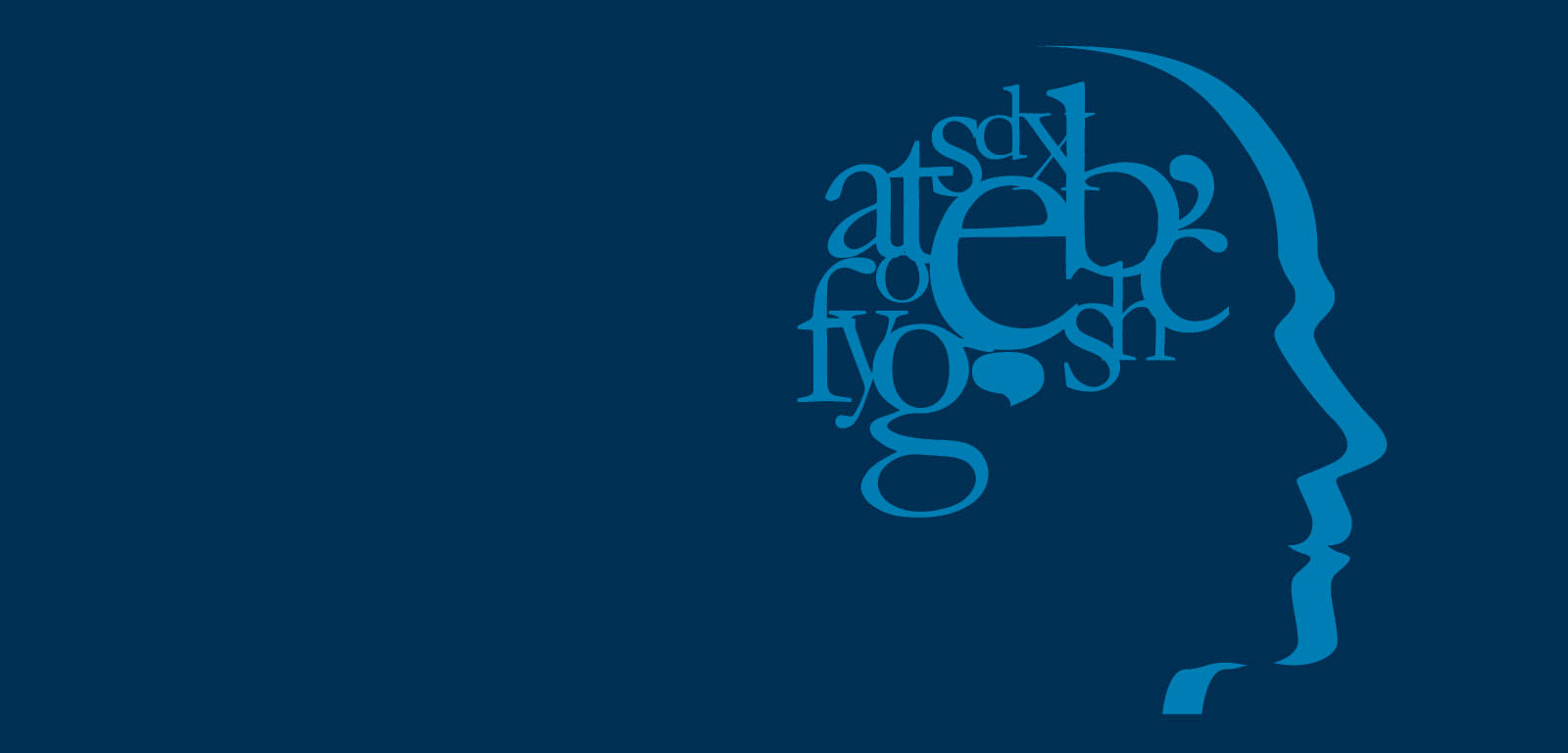Scientific writing and presenting
General details of the subject
- Mode
- Face-to-face degree course
- Language
- English
Description and contextualization of the subject
How to write a journal article: how to prepare, structure and write scientific articles; How to write reviews, letters of motivation; How to respond to reviewers; How to do an oral presentation of research; How to write grant/project proposalsTeaching staff
| Name | Institution | Category | Doctor | Teaching profile | Area | E-mail |
|---|
| COOKE , MARTIN | Ikerbasque Fundazioa/Fundación Ikerbasque | Otros | Doctor | | | m.cooke@ikerbasque.org |
| COSTELLO , BRENDAN | BCBL- Basque Center on Cognition, Brain and Language | Otros | Doctor | | | b.costello@bcbl.eu |
| MARTIN , CLARA | Ikerbasque Fundazioa/Fundación Ikerbasque | Otros | Doctor | | | clara.martin@ehu.eus |
Competencies
| Name | Weight |
|---|
| CE1. Critical assessment of experimental reports. | 25.0
%
|
| CE2. Writing an experimental report | 25.0
%
|
| CE3. Responding to feedback from reviewers | 25.0
%
|
| CE3. Presenting research in public and answering questions. | 25.0
%
|
Study types
| Type | Face-to-face hours | Non face-to-face hours | Total hours |
|---|
| Lecture-based | 10 | 10 | 20 |
| Applied classroom-based groups | 10 | 10 | 20 |
| Applied computer-based groups | 10 | 25 | 35 |
Assessment systems
| Name | Minimum weighting | Maximum weighting |
|---|
| Presentations | 50.0
%
| 50.0
%
|
| Written examination | 50.0
%
| 50.0
%
|
Temary
The Scientific Basics course is divided into two sections.
The first section of the course focuses on communication skills. The aim is to improve students’ ability to obtain, organize, and critically evaluate information and to report it in a clear, concise manner in the standard mediums of the discipline: writing abstracts, articles (including cover and response letters), and peer reviews, and delivering poster or oral presentations at conferences. Students review various communication strategies and formats and work with different models of each type of text. Students complete various assignments including a simulation of the publication cycle (manuscript submission, review and resubmission) and in-class presentations, for which they receive feedback from the instructors and from other students.
The second section of the course will introduce the Python programming language and demonstrate its use in activities relevant for cognitive science and language e.g. corpus analysis, experimental data collection, postprocessing, analysis and display. This part of the course will introduce elements of the Python data science stack (e.g. Numpy, Scipy, Pandas, Matplotlib, Seaborn) and describe other useful Python libraries. The entire course will be run hands-on using Jupyter notebooks.


